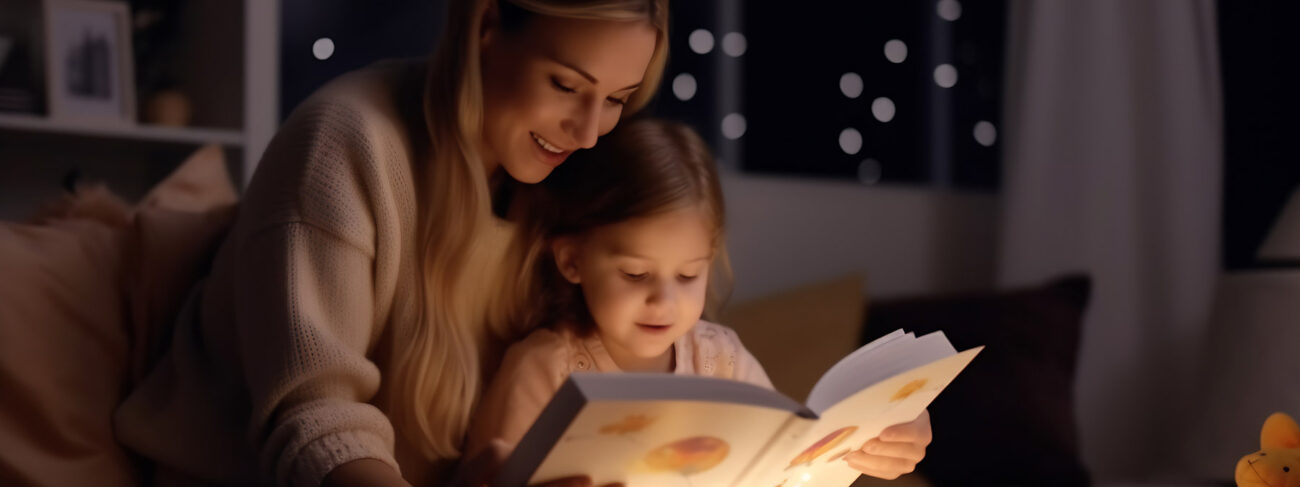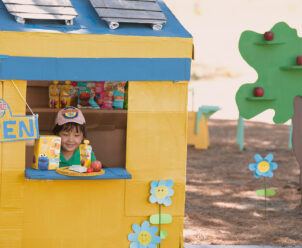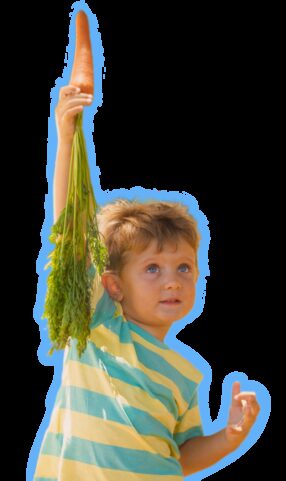
Earth's Best Pediatrician
6 Tips to Help Your Toddler Have a Healthy Sleep Routine
For many parents, winding down a toddler who is resistant to bedtime can be one of the most challenging parts of the day, especially when there are older siblings still awake. Most babies need 12-16 hours of sleep each day (including naps) while toddlers need between 11-14 hours to be rested, healthy and functioning at their highest potential.
If time-consuming, drama-filled bedtimes are a norm in your house, a few simple tweaks to your toddler’s bedtime routine may help bring some much-needed peace and rest.
Keep a Regular Schedule
A regular routine that has predictable times for waking, meals, snacks, naps and play will help your little one feel secure and go a long way towards creating a smooth bedtime. While parents no doubt juggle lots of other commitments that can make turning in on time a challenge (work schedules, an older sibling’s practices or lessons, carpooling, etc), try to find a way to get your child into bed at a reasonable hour before they are overtired, which can make it harder for them to fall asleep.
Be Consistent
You may feel more lenient about late nights on weekends, holidays and vacations, but too many late nights and switching of schedules can contribute to overall sleep troubles and even behavioral challenges. While a late night here and there is not going to have any lasting effects, consistency is key! While bedtime may be non-negotiable (and gently but firmly set by you), letting your little one have control over which pajamas, which story, or which stuffed animal can help cut down on power struggles.
Wind Down with A Bedtime Routine
Creating a bedtime routine when your child is young (such as the AAP’s brush, book, bed) helps establish healthy sleep habits right from the start. Comforting rituals - a warm bath, a story, a lullaby, or a snuggle with a favorite stuffed animal while sitting on your lap and talking about their day- help little bodies naturally begin to wind down. Whatever works for your toddler is fine, just make sure you maintain consistency and that it is a relaxing activity (tip: it’s helpful to have a routine you can do anywhere, so that vacations, family visits, or other changes of scene aren’t too disruptive).
Create a Safe and Inviting Sleep Space
A safe and comfortable space that is conducive to sleep is a big part of the bedtime routine. Lowering blinds, dimming lights, setting the thermostat to a slightly cooler temperature, and making sure all electronics are off not only create an atmosphere that is sleep-friendly, but when consistently done over time can even help signal sleepiness in your toddler. A white noise machine may help provide a soothing sleep environment if noisiness is a challenge.
Simplify, Don’t Overstimulate
A favorite stuffed animal or beloved blanket is always welcome, but keep cribs and toddler beds free from too many toys or stuffed animals (to help encourage sleep instead of play). While colorful night lights, music or glow in the dark stars can help ease fears or soothe separation anxiety, talk with your pediatrician before adding anything beyond a simple night light, as too much light or other stimulation may interfere with restful sleep.
Turn off Technology 1 Hour Before Bedtime
The AAP recommends turning off all screens at least 60 minutes/1 hour before bedtime to prevent sleep disruptions, and to keep all screens (TVs, computers, laptops, tablets, phones, etc) out of children's bedrooms, especially at night. Making bedrooms-especially beds- a “no screen zone” helps children associate the bed with sleep.
This is for informational purposes only and should not be treated as medical advice. The content is not intended to be a substitute for professional medical advice, diagnosis, or treatment. Please always discuss any health and feeding concerns directly with your pediatrician. Never disregard professional medical advice or delay in seeking it because of something you have read above.





